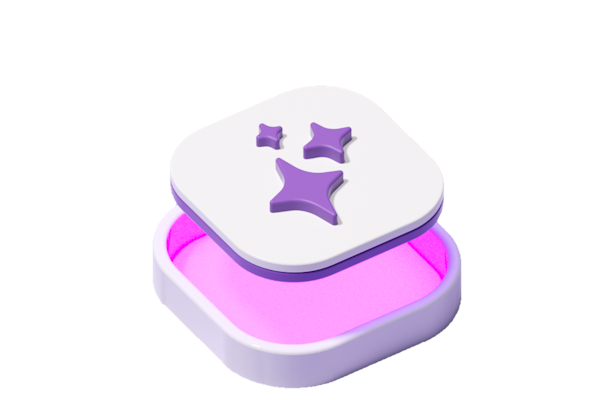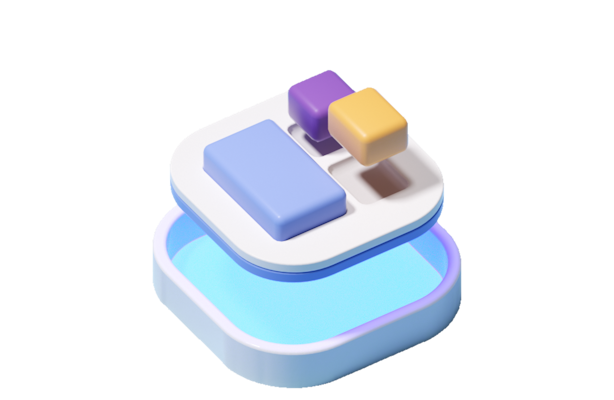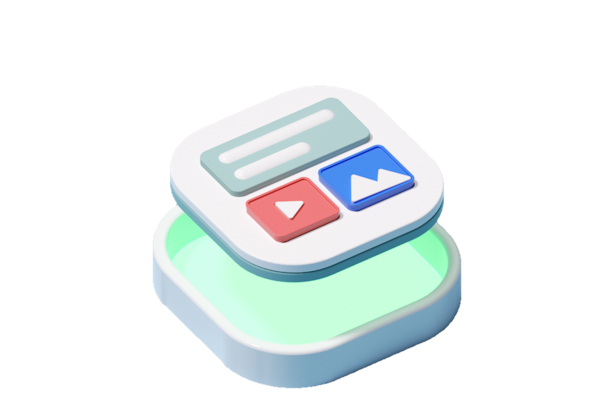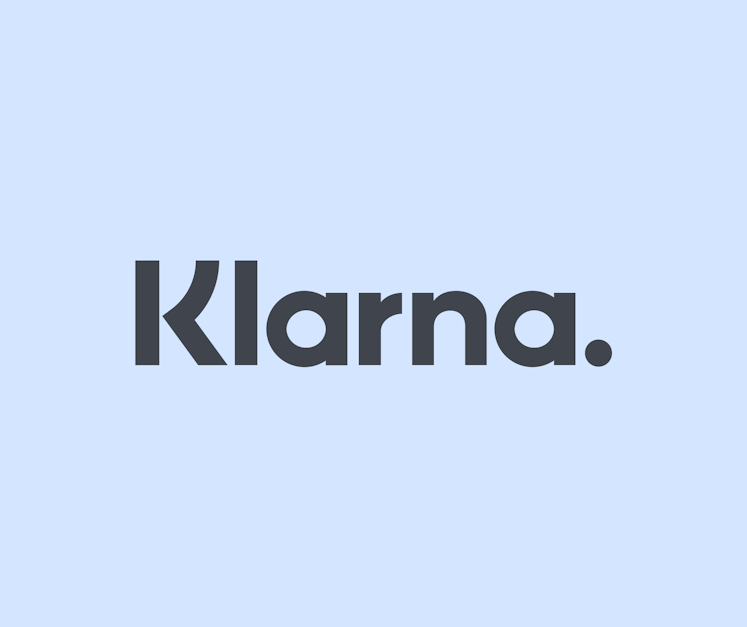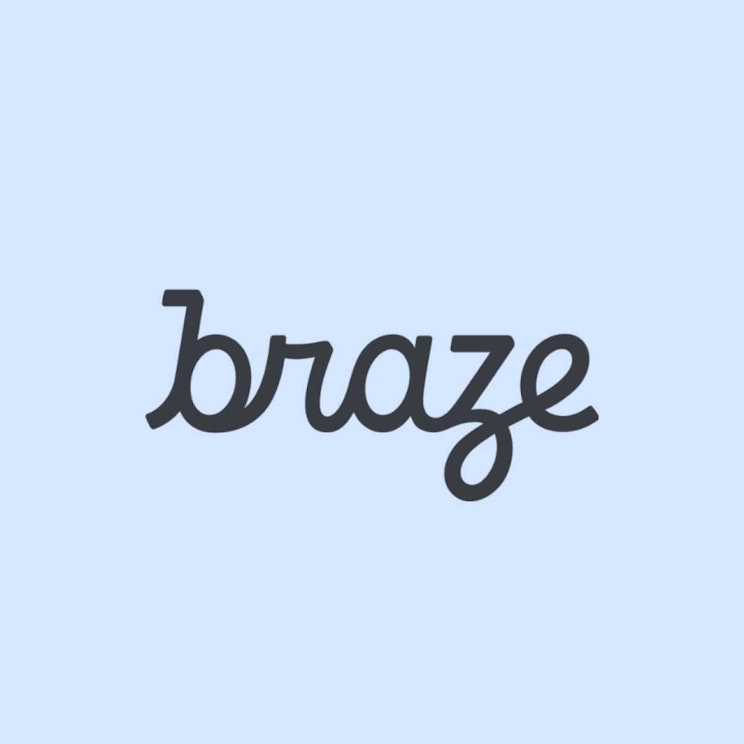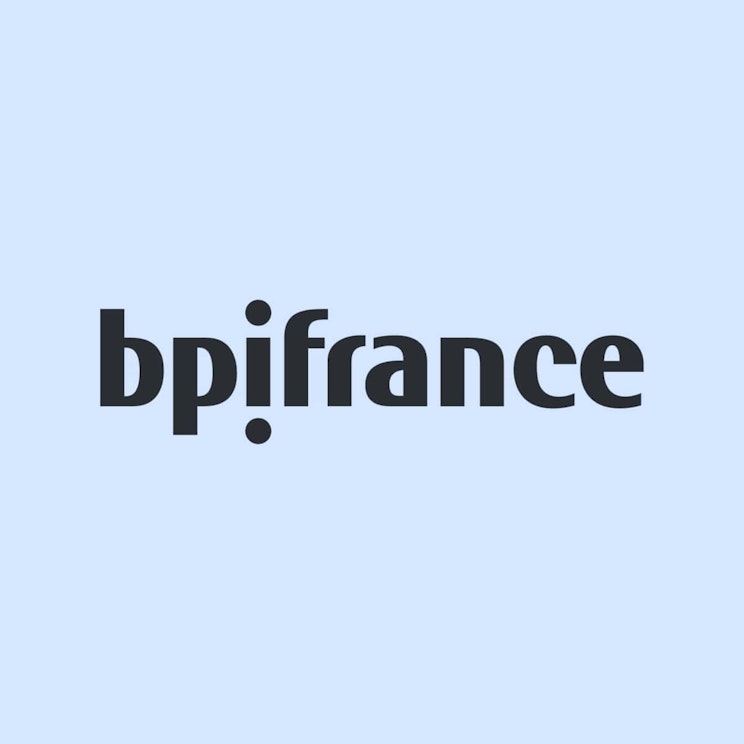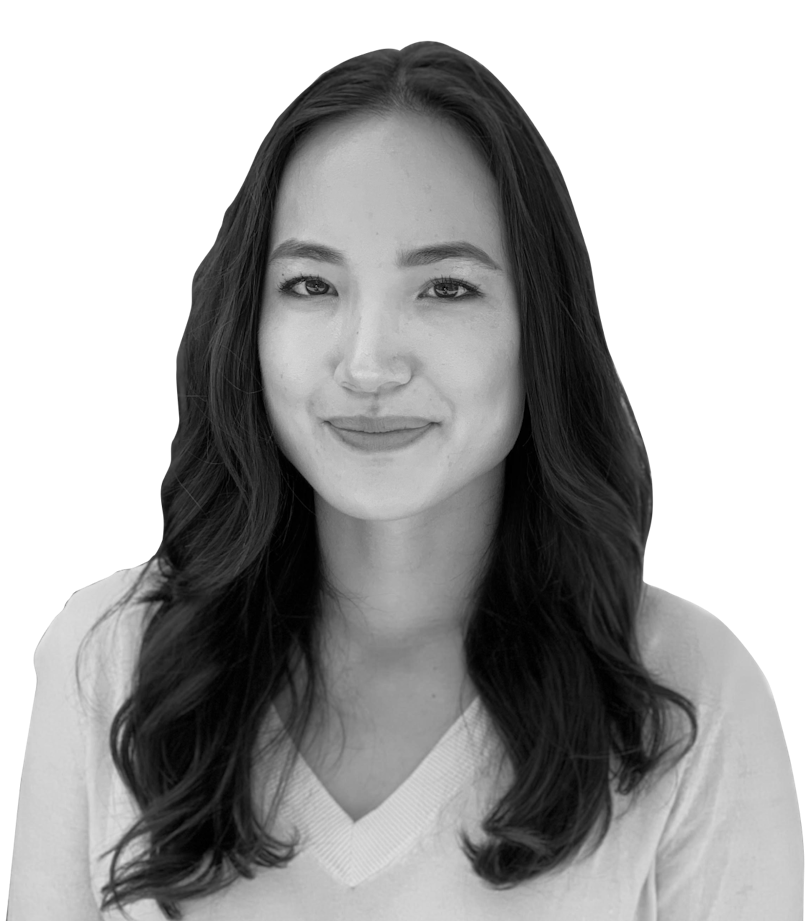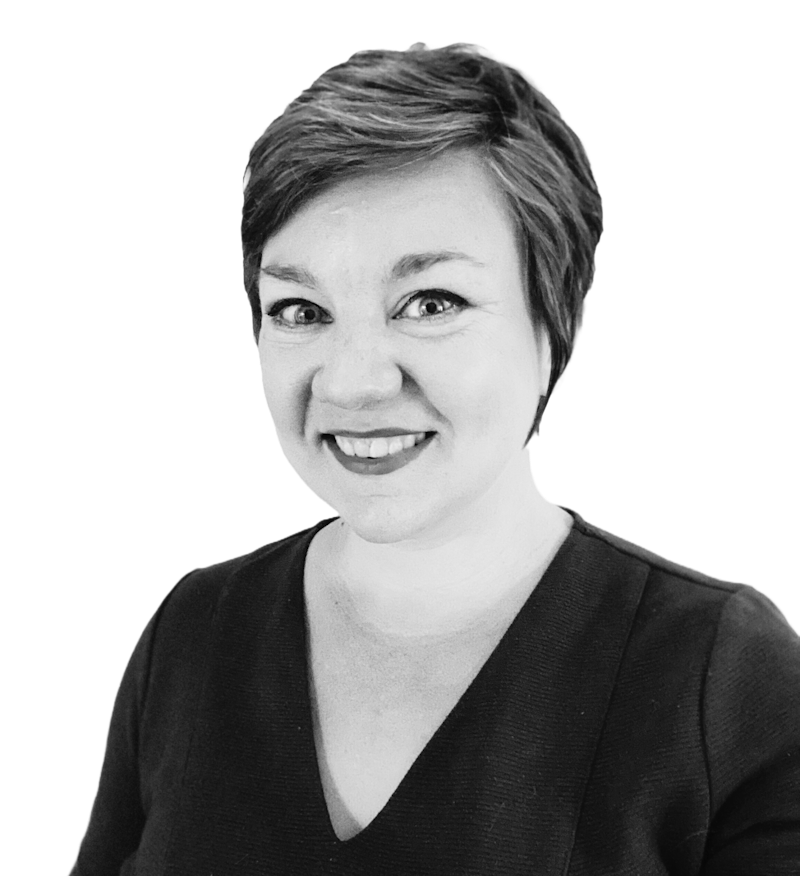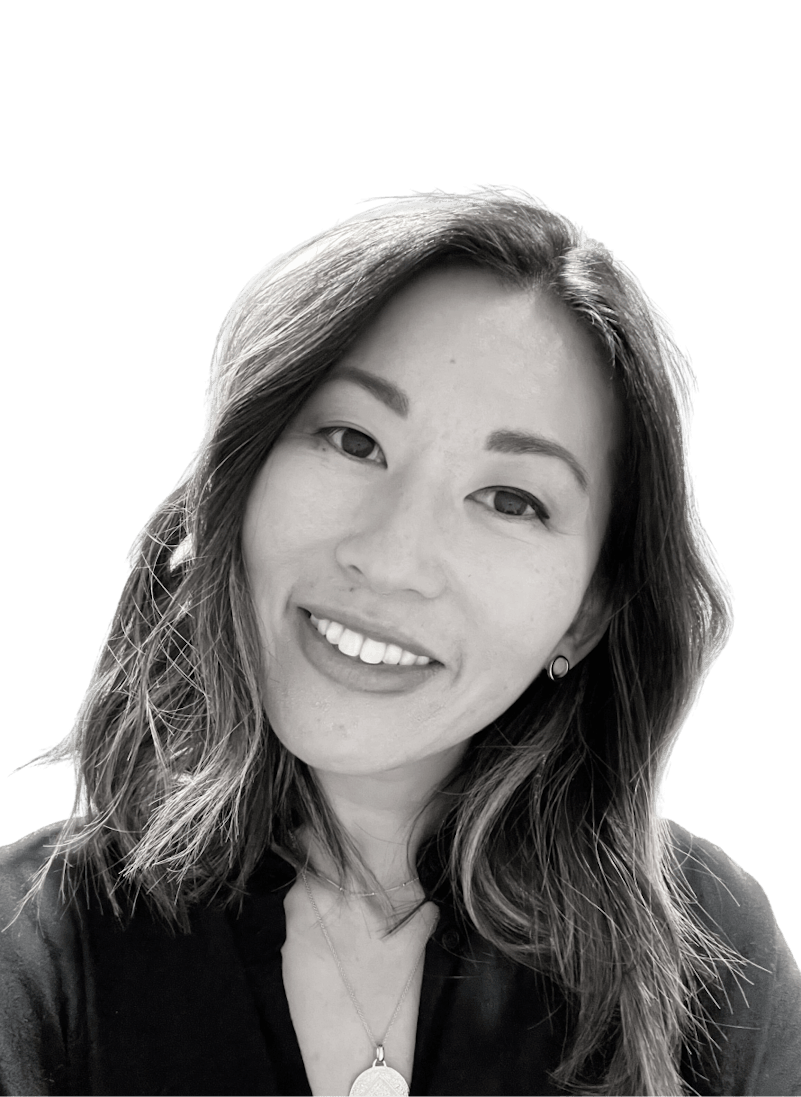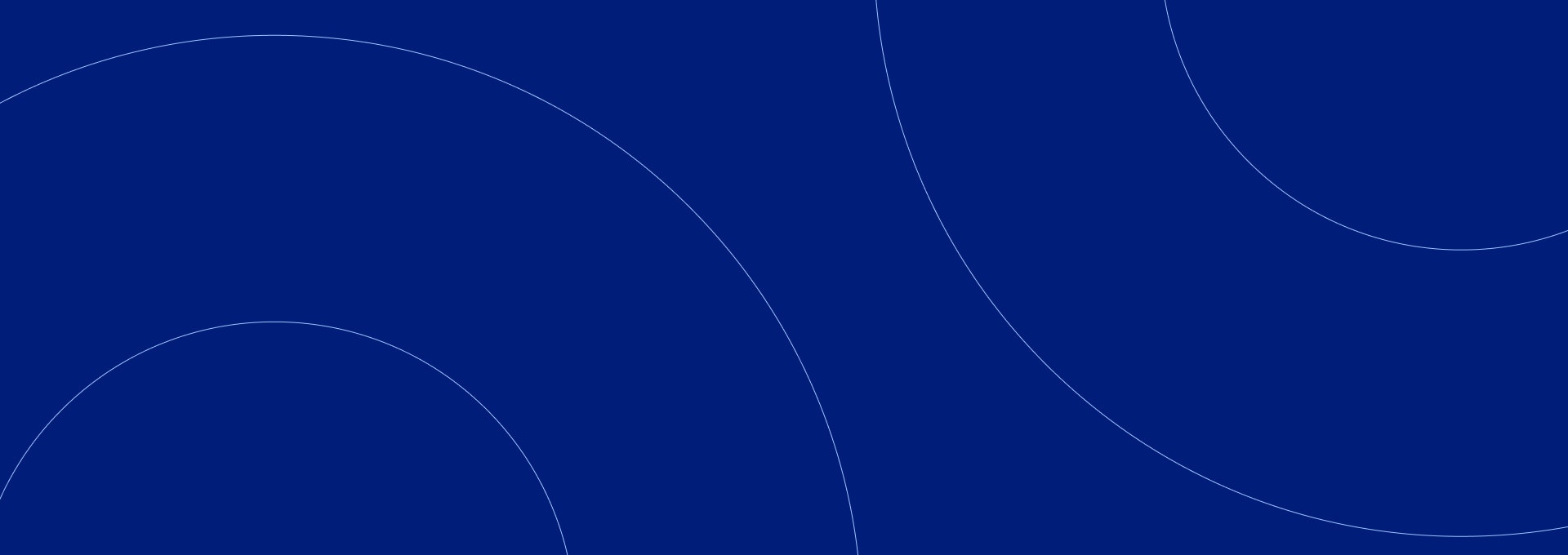
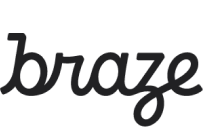
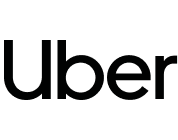

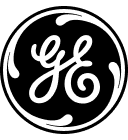
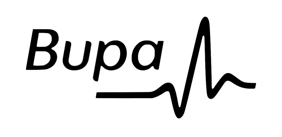
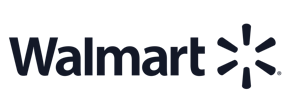
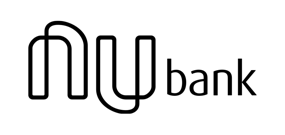
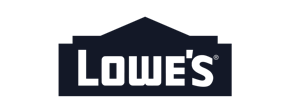
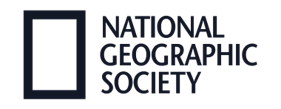
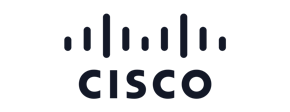
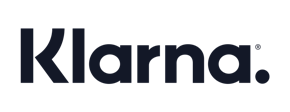
Over 60,000 brands choose Maze as their user research platform
Research
Scale user insights with our intuitive builder
Give autonomy to the whole team. With our drag-and-drop builder and AI-powered tools, anyone can carry out effective product research across the entire development process at scale. When you can build fast, you can learn fast.
Recruit
Get fast access to a global panel or target your own pool
Stop losing time to recruitment. Reach thousands of participants with our worldwide Panel, target in-app with Amplitude cohorts or via URL, and send email campaigns with Reach, our participant management tool.
Analyze
Build better products with data-informed decisions
Leverage automated analytics to build visually-rich, customizable reports you can share with your team to move smarter, faster, and with a clearer view of the ROI.
Design Metrics
Path Analysis
Heatmaps
Video Recordings
The all-in-one platform for scaling user research and speeding up product launches
Accelerate innovation with Enterprise-level protection
Encrypted transmission
All traffic, including customer data, is transported securely and encrypted via SSL.
Access control
Set up passwords for tests and assign roles to view, manage, and collaborate on studies.
Data center security
Our data center provider maintains industry-recognized certifications, including FedRAMP, ISO, SOC 2, and more.
GDPR Compliance
We protect your data according to GDPR standards and make it easy for you to be compliant too.
SSO
Reduce security risk by authenticating access to your account with Single Sign On (SSO).
Private workspaces
Enable role-based access to workspaces, which only certain members of your team can collaborate on.
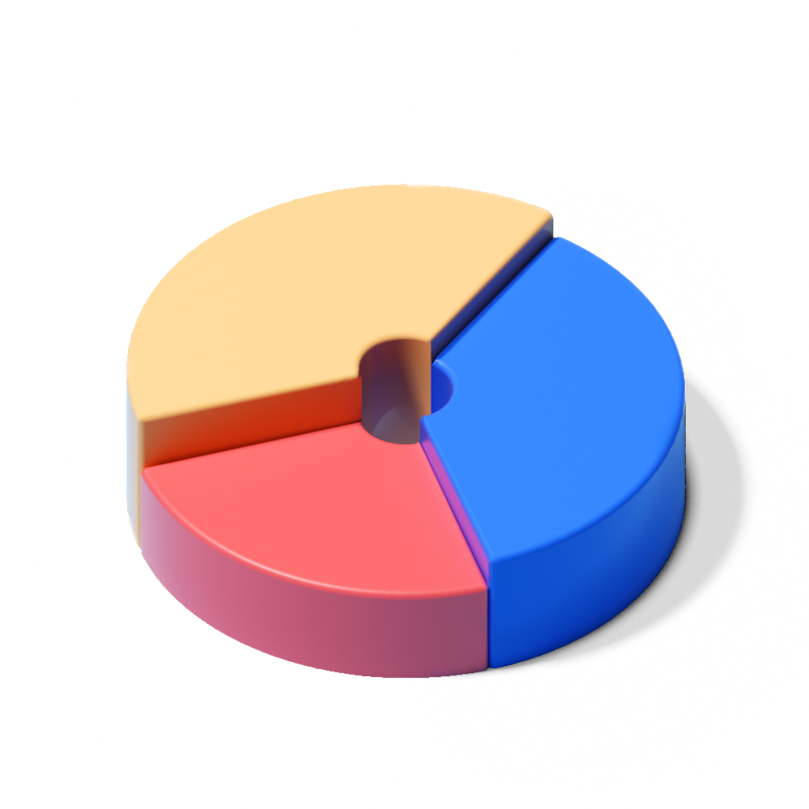
Wondering what the data says? Learn how Maze can help teams launch products 3x faster and save 70% of their costs.
Trusted by companies of all industries and sizes
See how the most diverse and innovative teams are making the most of user research with Maze.
The user research platform of choice for world-class brands
![]()
Using Maze has supercharged our product design process and made it possible to drive faster turnaround times, speeding up product iteration and making for a better, faster user experience.
Yuna Akazawa
Product Designer at Braze
![]()
The way Maze operates really speaks to the way research is done today and matches the way I think about research.
Janet Taylor
Senior Director of Product Design and Research at Homebase
![]()
Maze is a key tool that allows us to scale research at Klarna—like an extension of a researcher’s arm, where we can 10X the ability to get user insights and to help product teams make user-informed decisions.
Deanna Wong
UX Research Manager at Klarna
![]()
Using Maze has supercharged our product design process and made it possible to drive faster turnaround times, speeding up product iteration and making for a better, faster user experience.
Yuna Akazawa
Product Designer at Braze
![]()
The way Maze operates really speaks to the way research is done today and matches the way I think about research.
Janet Taylor
Senior Director of Product Design and Research at Homebase
